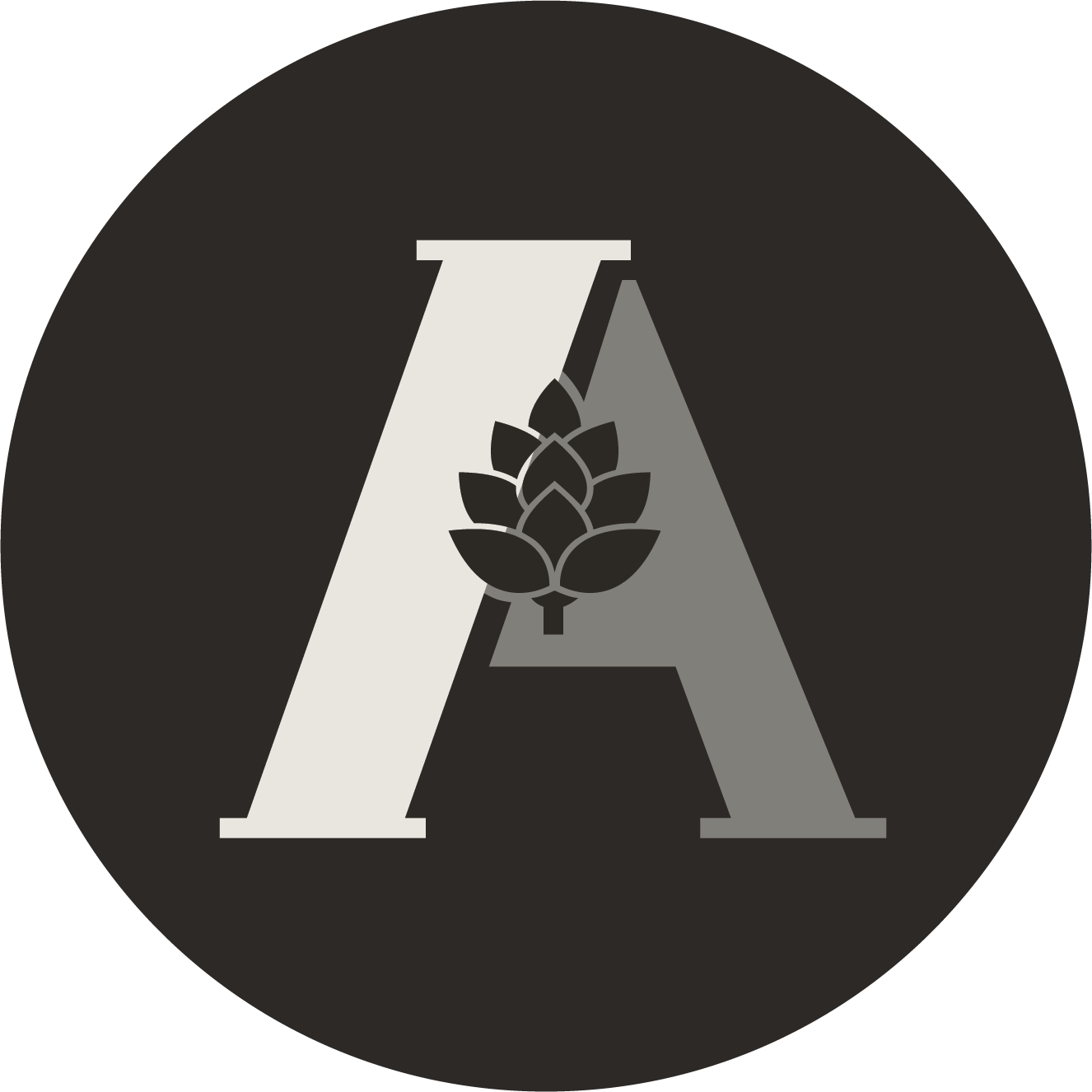FORGOTTEN CHICAGO
Craft Cocktails Celebrating the Storied History of the Windy City
Urbs in Horto
Bombay Dry Gin, Fernet, Pierre Ferrand Dry Curacao, Lemon, Norden Dill Aquavit, Olive Brine, Sugar, Peychauds, Thyme
Shikakwa
North Shore No 11 Gin, El Dorado Rum, Don Ciccio & Figli Finocchietto Pickled Ramp, Chive Oil
Fort Dearborn
Wild Turkey 101 Rye, Pierre Ferrand 1840 Cognac, Pierre Ferrand Dry Curacao, Fernet, Peychauds, Lemon Expression
Interwar
Dewars 12 Year Scotch, Laphroaig 10 Year Single Malt, Luxardo Bitter Bianco, Ginger Liqueur, Lemon, Angostura, Soda Water
No Place LIke Home
Grey Goose Strawberry & Lemongrass, Earl Grey Liqueur, Strawberry, Lemon, Sugar, Orange Bitters, Tiamo Prosecco
Windbags
Sweet Relish Infused Milagro Tequila, Cointreau, Chareau Aloe Liqueur, Agave, Sport Pepper Brine, Egg White, Cel-Ray Soda, Celery Salt
Sister Cities
Ginger & Apple Infused Zubrowka Vodka, Bayab Pine & Palm Gin, Yuzu, Lime, Toasted Sesame Orgeat, Ginger Bitters
Leap Day
Garrison Brother’s Bourbon, Basil, Peach Shrub, Brovo Boomerang Liqueur, Vanilla, Angostura

